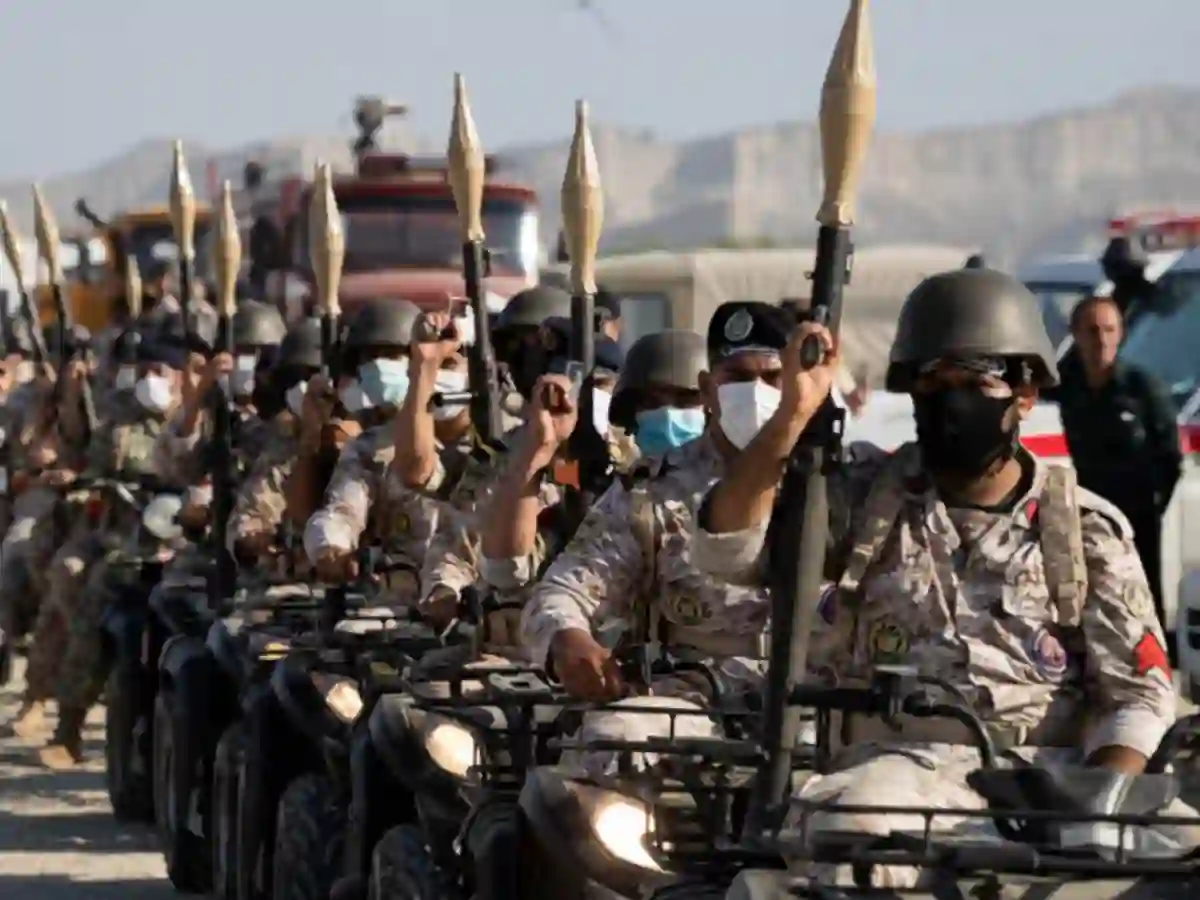Just before a U.S.-brokered ceasefire brought an abrupt halt to rising tensions in the Middle East, Iran delivered one of its boldest military campaigns yet.
Between June 13 and 24, the country launched a series of high-impact attacks that targeted over 40 strategic Israeli sites—military, industrial, and academic—just days before the guns went quiet.
Iranian Strikes Hit Deep Into Israeli Infrastructure
According to satellite analysis from Oregon State University, published by Military Watch Magazine, Iran’s strikes were both far-reaching and alarmingly precise.
The barrage included long-range missiles and drones, striking targets across northern, southern, and central Israel.
Some of the major locations reportedly hit included:
-
The port and oil refinery in Haifa
-
Ben Gurion International Airport
-
The Weizmann Institute of Science
-
Ben-Gurion University of the Negev
-
Rafael Advanced Defense Systems’ headquarters
-
Israeli Nuclear Research Center in Tel Aviv
-
Several industrial sites in Kiryat Gat
These weren’t random hits — they were calculated choices aimed at Israel’s core infrastructure and national defense capabilities.
Key Military Bases and Intelligence Centers Targeted
Alongside civilian infrastructure, Iran’s strikes also took aim at some of Israel’s most sensitive and symbolic military sites.
Among those reportedly damaged were:
-
The Kirya complex — often referred to as Israel’s equivalent of the Pentagon
-
The Ministry of Defense buildings
-
The Mossad headquarters, Israel’s elite intelligence agency
-
Ovda and Nevatim airbases, home to F-16 and F-35 jets
While Israeli officials have remained tight-lipped on the extent of the damage, the satellite images suggest these weren’t just scare tactics.
Iran had the range, the precision, and — perhaps most provocatively — the intent.
A Strategy That Sends a Message
Military analysts are seeing this as more than just a strike — it was a message.
By choosing such a diverse range of targets, Iran seemed to be demonstrating not only its reach but its strategic confidence.
From airports and research centers to top-tier military installations, the campaign was as much psychological as it was physical.
And just as the world braced for potential escalation, diplomacy stepped in.
The Ceasefire Comes Into Effect
On June 24, then-President Donald Trump confirmed that both Iran and Israel had agreed to a ceasefire.
The armistice took full effect the next day, bringing an end to what had become a tense and dangerous 12-day conflict.
According to U.S. officials, it took significant behind-the-scenes negotiation to prevent the fighting from spiraling into a broader regional war.
A Tense Pause, Not the End
Although the ceasefire has cooled things for now, the message behind Iran’s campaign still echoes loudly.
The strike served as a showcase of capability and a bold warning shot in the broader geopolitical game playing out in the region.
For now, the missiles have stopped—but the silence feels more like a pause than a resolution.



